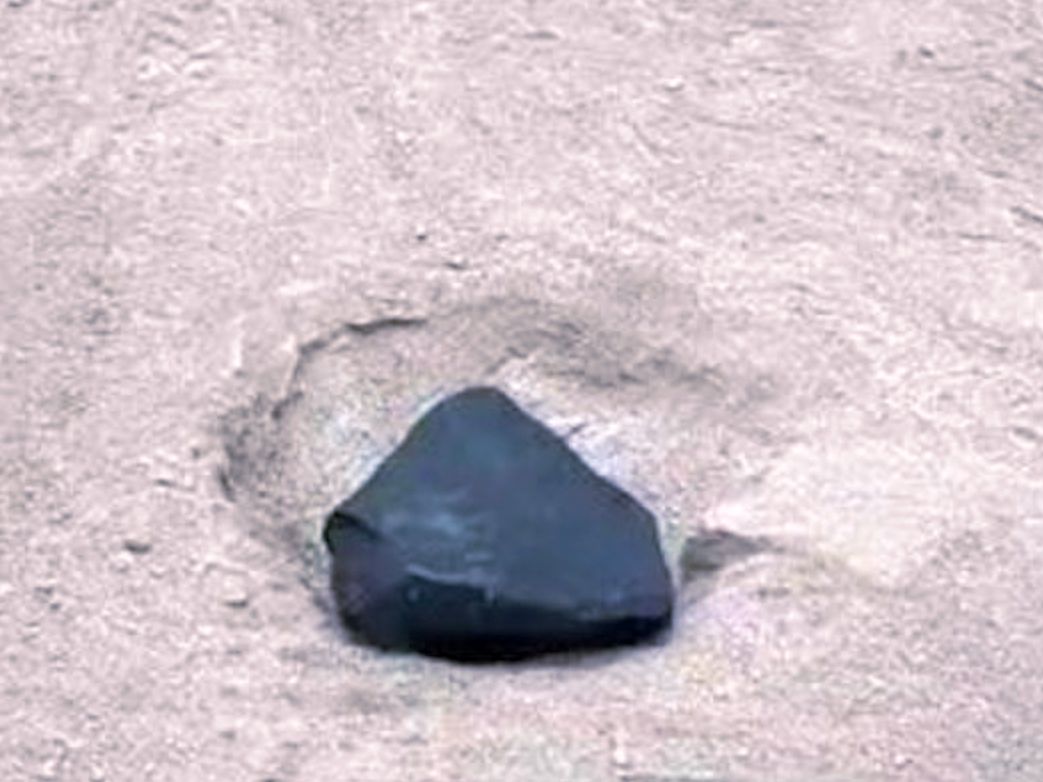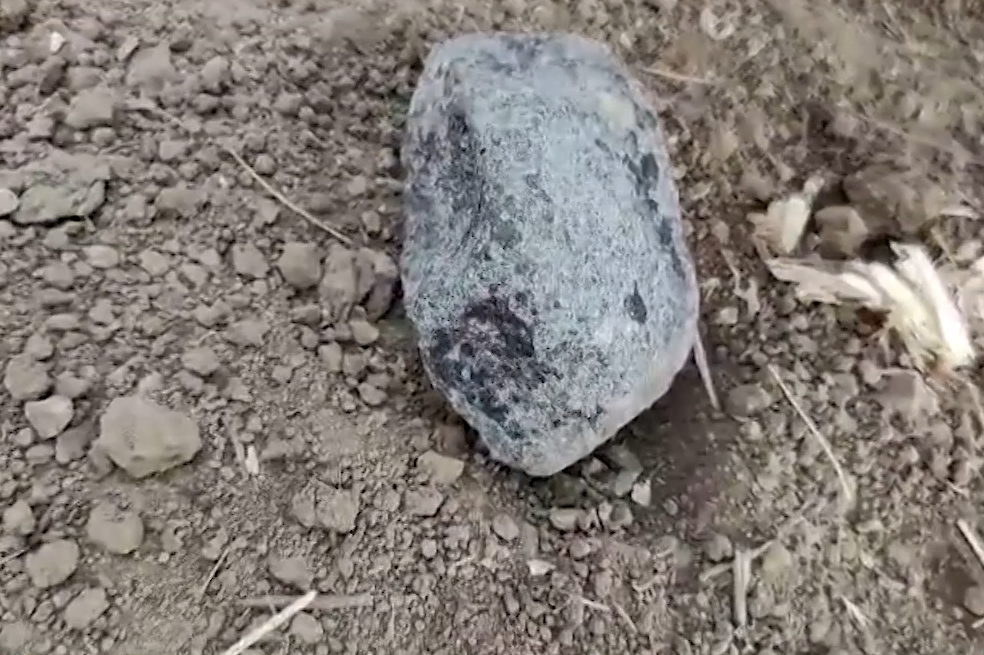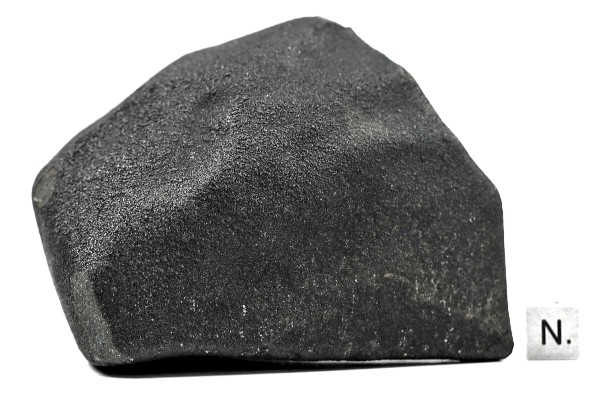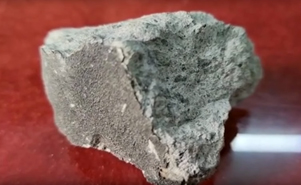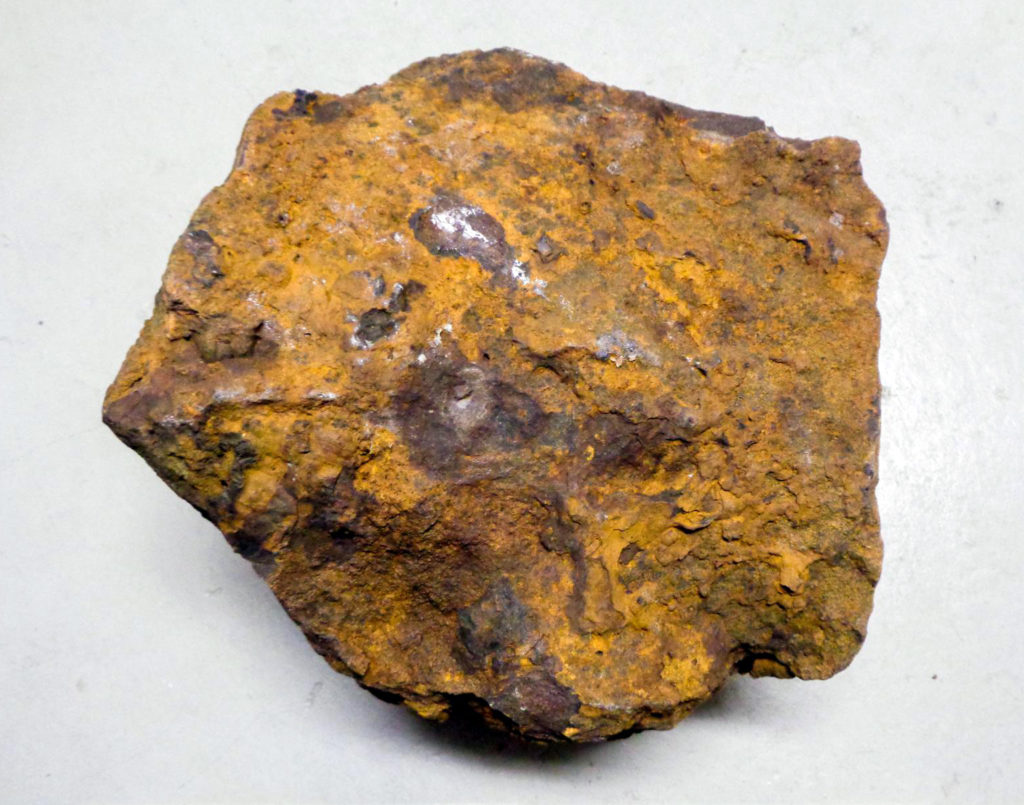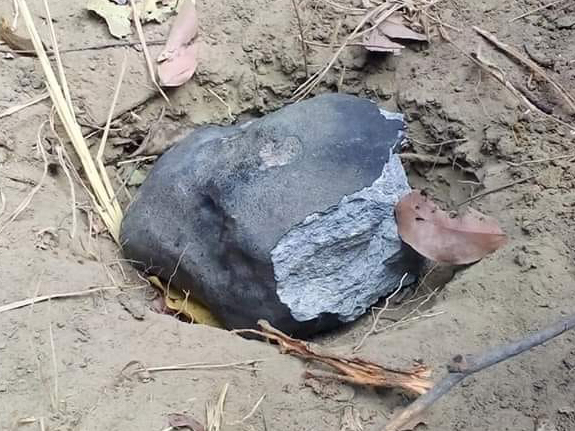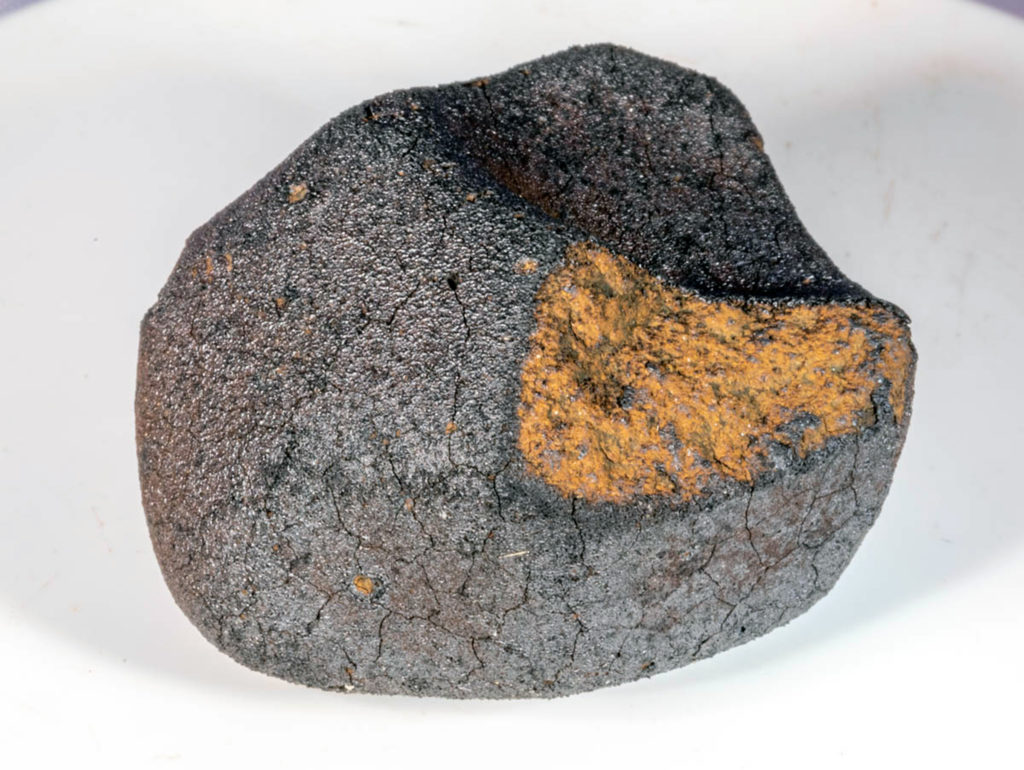Experimental simulations of space weathering on pentlanditeOPEN ACCESS
L. C. Chaves, M. S. Thompson, C. A. Dukes, M. J. Loeffler, M. F. Martinez-Motta, H. Vannier, B. H. N. Horgan, N. Smith, K. Ardrey
MAPS, Version of Record online: 31 May 2025
LINK (OPEN ACCESS)
PDF (OPEN ACCESS)
“Pentlandite (Fe, Ni)9S8 is an important accessory mineral on asteroidal surfaces. It has been identified in returned regolith samples from asteroids Itokawa, Ryugu, and Bennu. Currently, systematic studies to understand the response of this mineral phase under space weathering conditions are lacking. In this work, we performed pulsed laser irradiation to simulate micrometeoroid impacts, and ion irradiation with 1 keV H+ and 4 keV He+ to simulate solar wind exposure for pentlandite. To understand the chemical, microstructural, and spectral alterations resulting from simulated space weathering, we conducted X-ray photoelectron spectroscopy, scanning electron microscopy, transmission electron microscopy, and reflectance spectroscopy across the visible to near-infrared wavelengths. Our results reveal S depletion and a change in the Fe:Ni ratio at the sample surface with continuing ion irradiation. Ion irradiation also created compositionally distinct rims in the pentlandite samples, while laser irradiation produced a surface melt. Additionally, we identified hillocks protruding from the pentlandite rim after He+ irradiation. Our findings also show that laser and H+-irradiation cause the sample to brighten, while He+ ion irradiation causes darkening. The change in spectral slope for samples irradiated with the laser and He+ is minimal, while H+ causes the sample to redden slightly. This work will enable the identification of space weathering signatures on pentlandite grains present in the recently returned samples from asteroids Ryugu and Bennu.”

